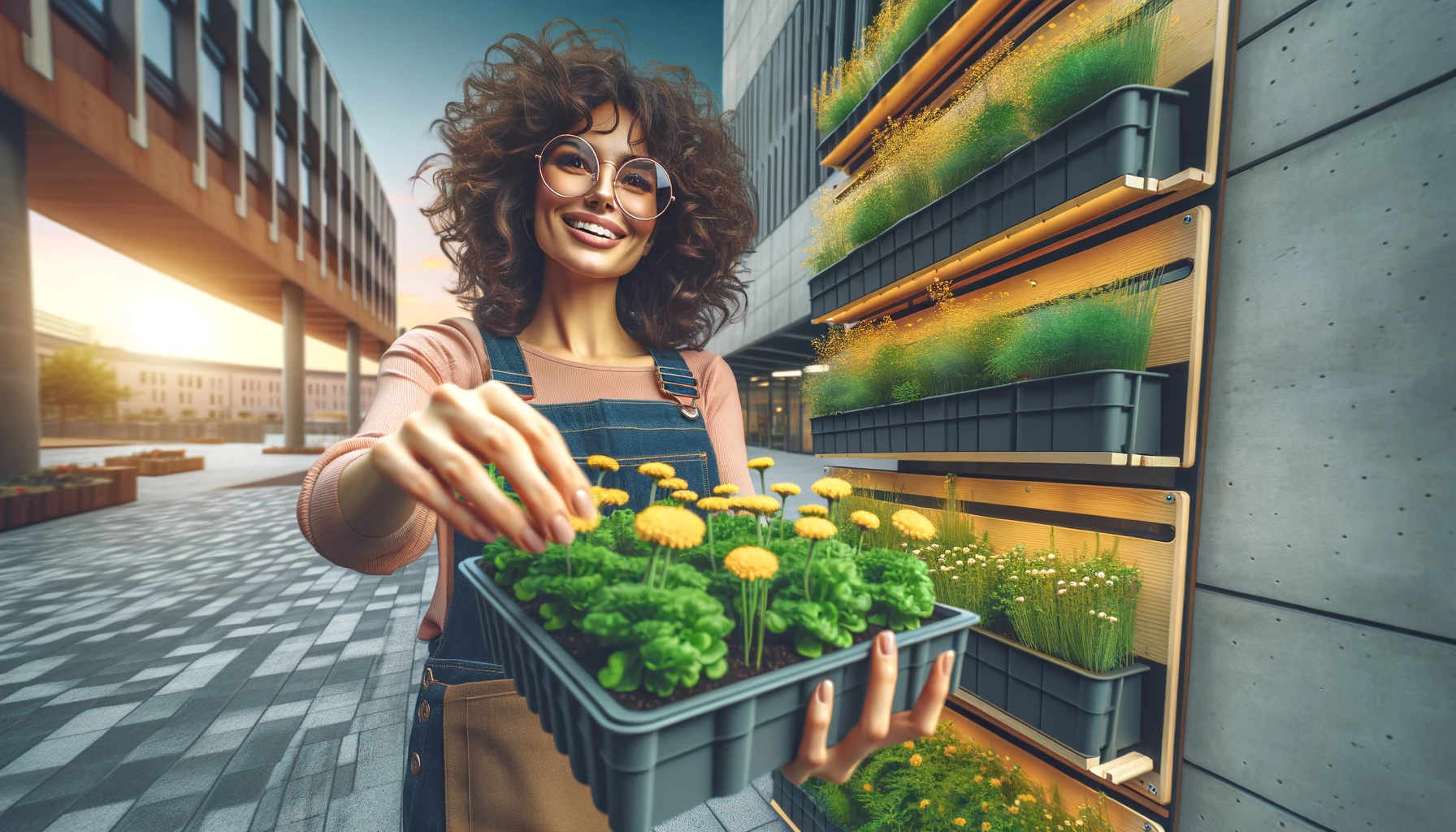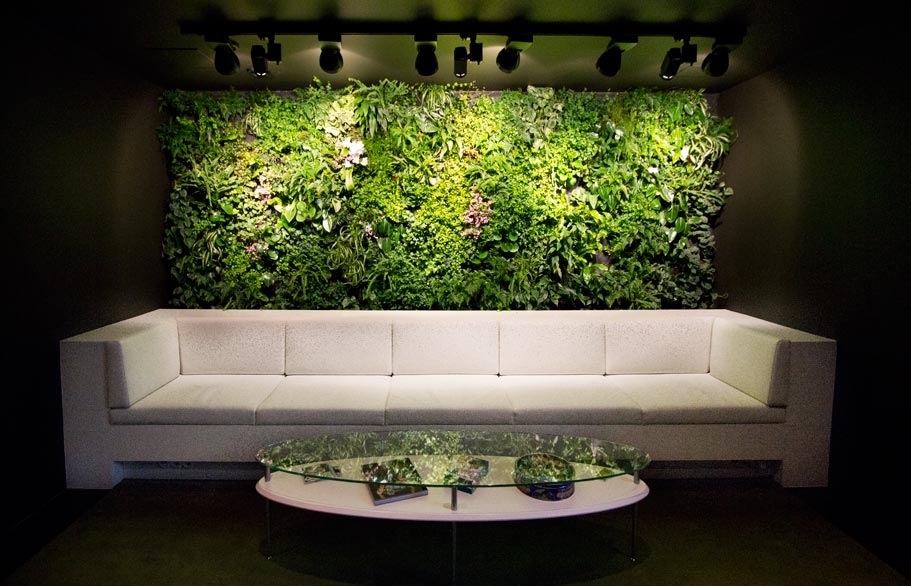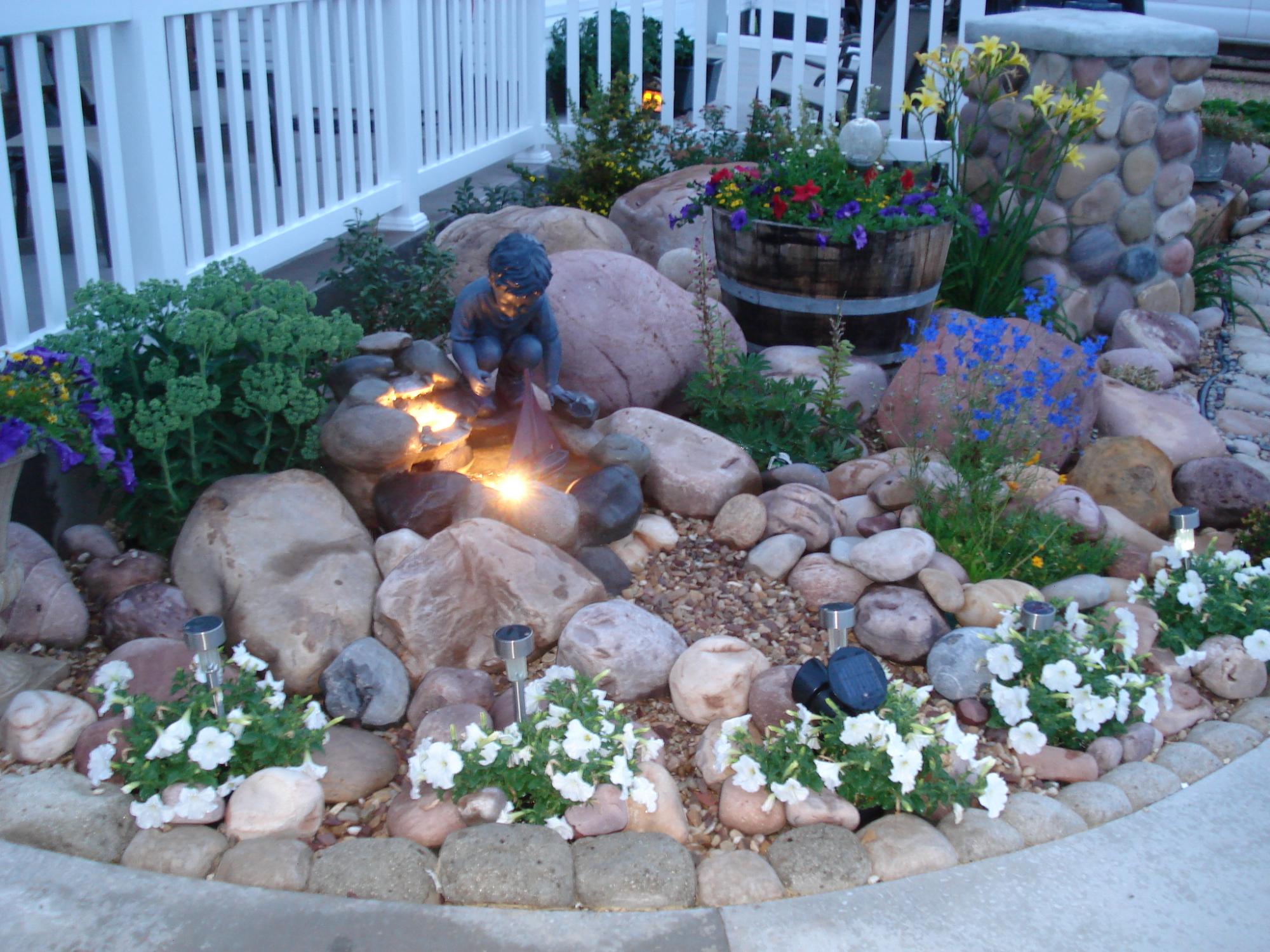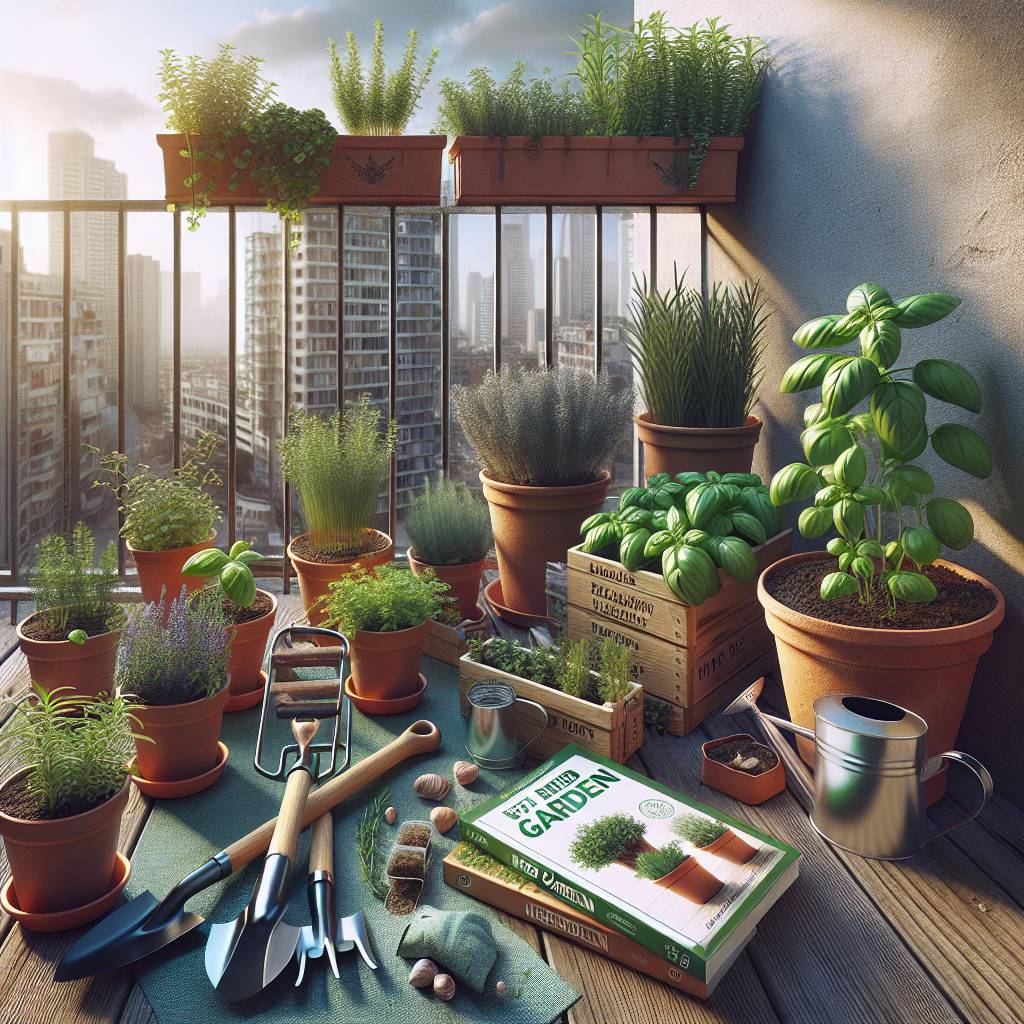Leading scientists agree, that climate change is a real threat and likely the result of human activity. Over the years, a growing number of people have adopted more sustainable lifestyles to help protect the environment. People are using less plastic, riding more bicycles, and finding ways to reduce their carbon footprint.
One area that is often overlooked is right in your backyard. The steps that you take with your gardening may contribute or help prevent climate change. If you want to do your part to help fight climate change, you can follow a few simple tips to set you on the right, green path.
Start Composting Your Leaves and Clippings
Adding a compost pile or bin in your backyard is one of the most beneficial (and easiest) sustainable gardening tips you can implement. You can get rid of your leaves, clippings, vegetable waste, and even paper. Composting helps you keep these items out of the landfills, where they may contribute to the emission of nitrous oxide and methane.
You can either purchase a compost bin, convert an old rubbish bin, or build a compost pile. For a compost pile, you need four wooden stakes and chicken wire to create a proper enclosure. Use the stakes to create a four-foot square, placing the stakes at least one foot into the ground. After nailing the chicken wire to the stakes, you have a compost pile for leaves, grass clippings and other waste.
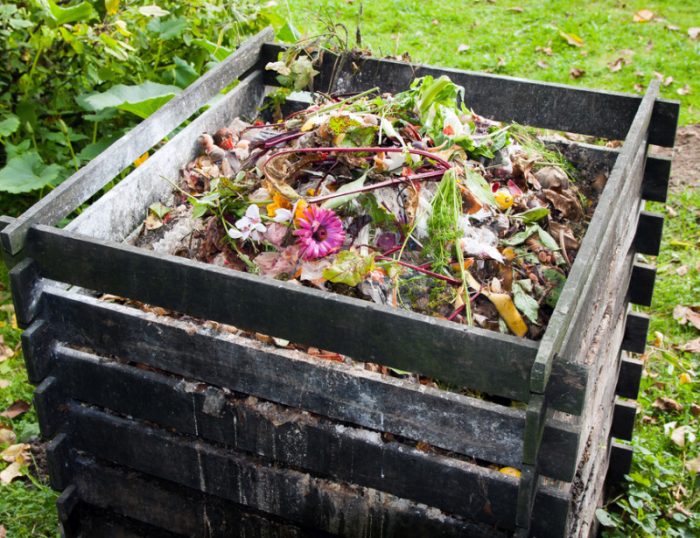
Avoid Over-Tilling the Soil Before Planting
When preparing your soil, you should avoid over-tilling. Tilling is the process of turning the soil with a shovel or hoe to loosen it. However, many gardeners believe that disturbing the soil as little as possible promotes healthier soil. Tilling also releases excess CO2 in the air that it does not need. Instead of tilling the soil, you should consider adding compost or rotting straw to your garden bed. You will be adding biomass and preventing soil erosion, while also adding critical nutrients to your soil. This may also help protect the microbiology needed to promote healthier roots and plants.
Collect Rain Water to Limit Water Usage
Your plants need water to survive and grow. However, using your garden hose to water your plants each day uses an unnecessary amount of water. You may be able to cut down on this water usage by collecting rainwater in a barrel or dedicated rainwater tank.
For those with an eye for DIY, a rain barrel is an affordable and easy to prepare option. You need a large barrel or container that you can place near your garden. You may also want to add a screen on top, to keep out bugs and debris.
After collecting the water, you can use it to hydrate your garden. You can even automate the process by connecting tubing from the bottom the barrel to an irrigation system, which will allow the water to drain out into your garden slowly.

Grow Fruits and Vegetables in Your Garden
A garden can contain any plant life that you choose. However, you should consider growing your produce. Growing fresh fruits and vegetables helps cut down on demand for imported and mass-produced produce.
From the time that the fruits or vegetables are grown to the time that they arrive at your local grocery store or supermarket, a lot of processes occur that contribute to climate change. The farms that produce this product may require heavy machinery that releases carbon emissions, along with potentially harmful fertilisers.
The produce also needs to be packaged and then transported to the store in a truck (most commonly). By growing your produce, you can do your part to cut down on demand for imported and mass-produced goods, whilst being confident in the knowledge that your harvest will be organic and fresh.
Leave Your Roots in the Ground After Harvest
When you harvest your fruit or vegetables in a produce garden, you will come across some plants that did not quite make it. Instead of pulling these roots, you should leave them in the ground. There is no need to remove this organic waste from your garden. Allow the roots to naturally decompose and add nutrients to the soil or provide sustenance for bugs, critters, and local wildlife. If you need to remove these roots for other gardening projects, you should toss them in your compost pile.
Do Not Use Chemical Pesticides in Your Garden
Sustainable gardening requires you to avoid using products that may harm the environment. You should try to prevent the use of any chemical products as much as you can. Everything that you need should be available using natural ingredients.
There are many organic pest control products that you can use to deter insects or critters from getting into your garden. These products are made using entirely natural ingredients and do not pose any threat to the environment. However, if you want to stick to sustainable techniques, you should use ingredients that you have at home.
You can search for natural remedies for deterring specific types of critters using common household ingredients. For example, spraying the area around your garden with soapy water, neem oil, pepper, or garlic may help keep certain insects out of your garden.

Choose Native Plants for Your Landscaping
Beyond your vegetable garden, you should also consider the types of plants that you choose for your landscaping. The trees, shrubs, and flowers that you place around your property also impact the environment. Try to choose native plants for your landscaping. Using native species helps increase sustainability in your region by supporting pollination and local wildlife. You can search online for native species or visit a local nursery that specialises in native plants. Along with these native species, you should try to plant a diverse selection of plants. Diversity further supports sustainability by increasing the variety of plants that pollinate, bloom, or bear fruit at different times of the year.
These are just a few of the ways to use sustainable gardening techniques to help you fight the effects of climate change. Ethical sustainability is something that anyone can (and should) practice and it can also extend beyond gardening. Besides utilising these gardening methods, you can further limit your carbon footprint by buying organic foods (that you don’t grow yourself), reducing your fuel consumption (through carpooling or public transport), and using energy efficient appliances.

